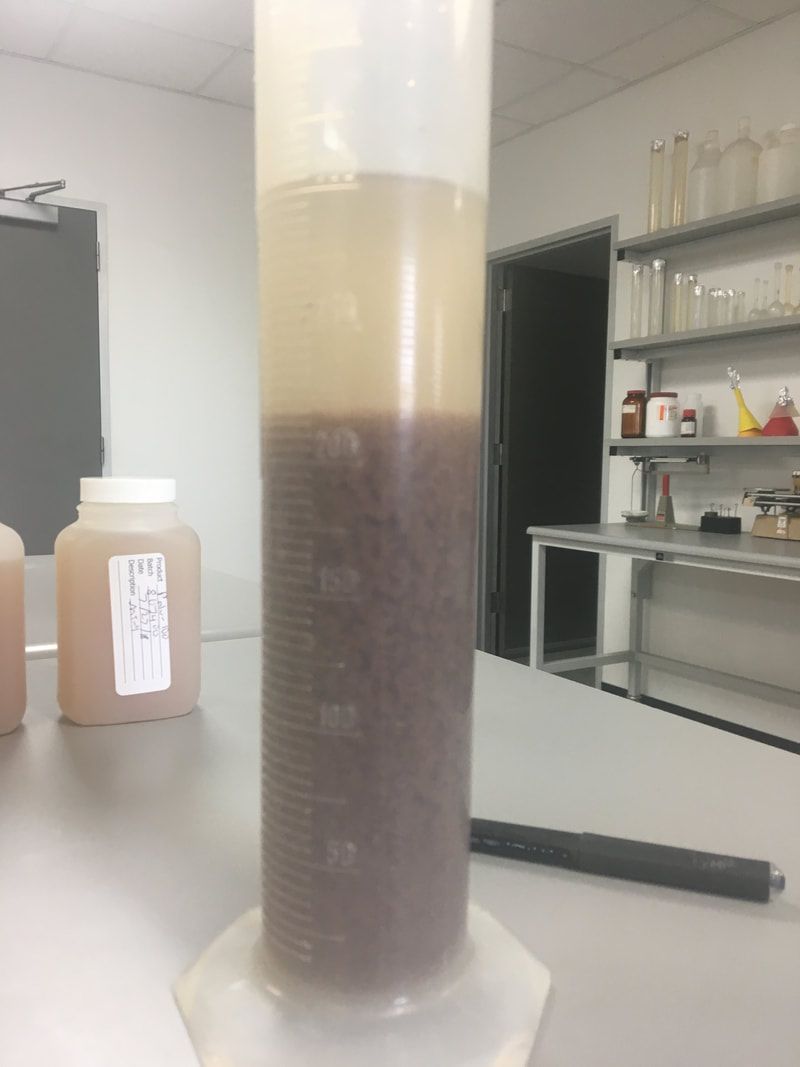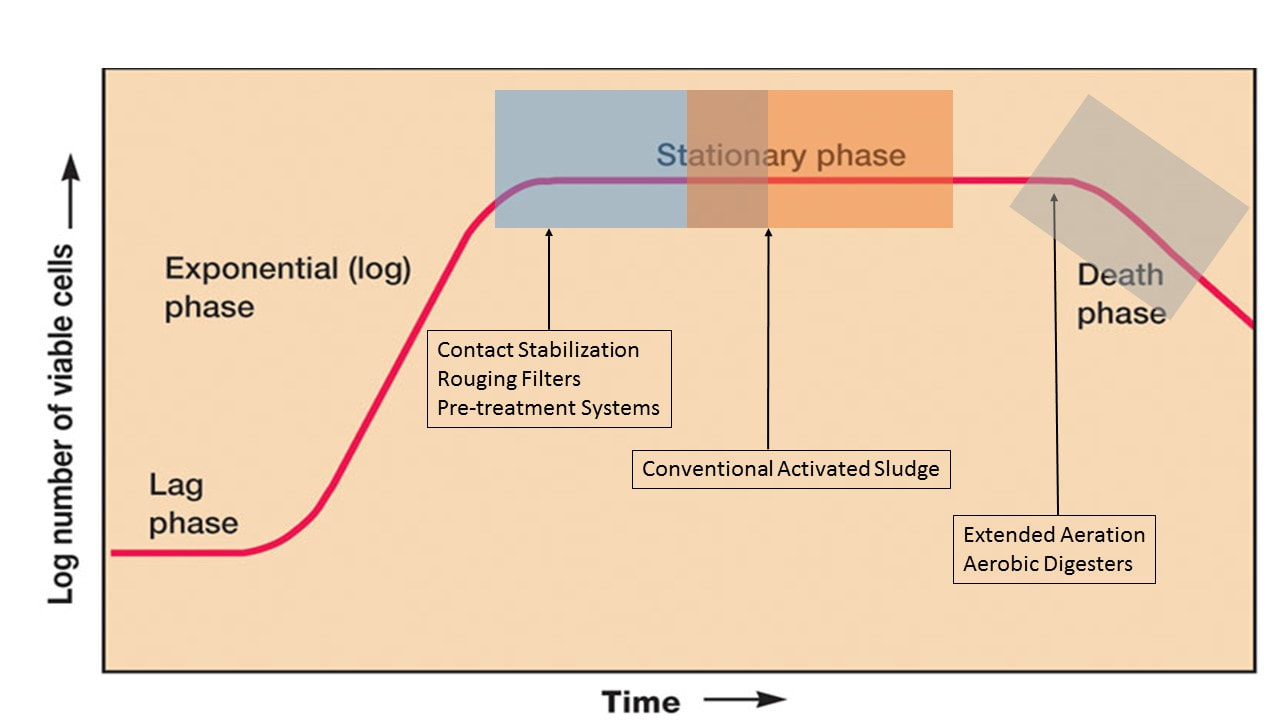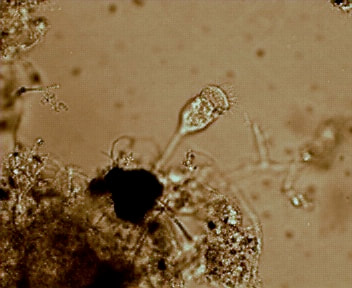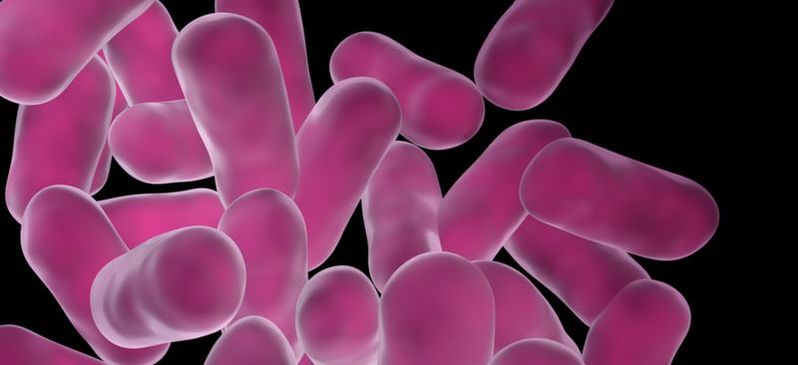To gain a better understanding, we began looking into the microbes growing in various bench and production scale nitrifier reactors (used to make AOB/NOB bioaugmentation products). Using substrates such as ammonium chloride and sodium nitrite, we found interesting microbial communities that were quite different from some of the wastewater treatment systems.
Major AOB in activated sludge systems include expected Nitrosomonas and Nitrospira (interesting organisms that can do both ammonia and nitrite oxidation). However obligate nitrite oxidizing organisms were much more rare than expected. In the pure sodium nitrite substrate reactor and mixed culture ammonium substrate reactors, we found large populations of Pseudomonas and Paracoccus which are also capable of nitrite oxidation. We are continuing research on these organisms in wastewater plants with emphasis on discovering new ways to enhance nitrite oxidation in activated sludge systems.





 RSS Feed
RSS Feed